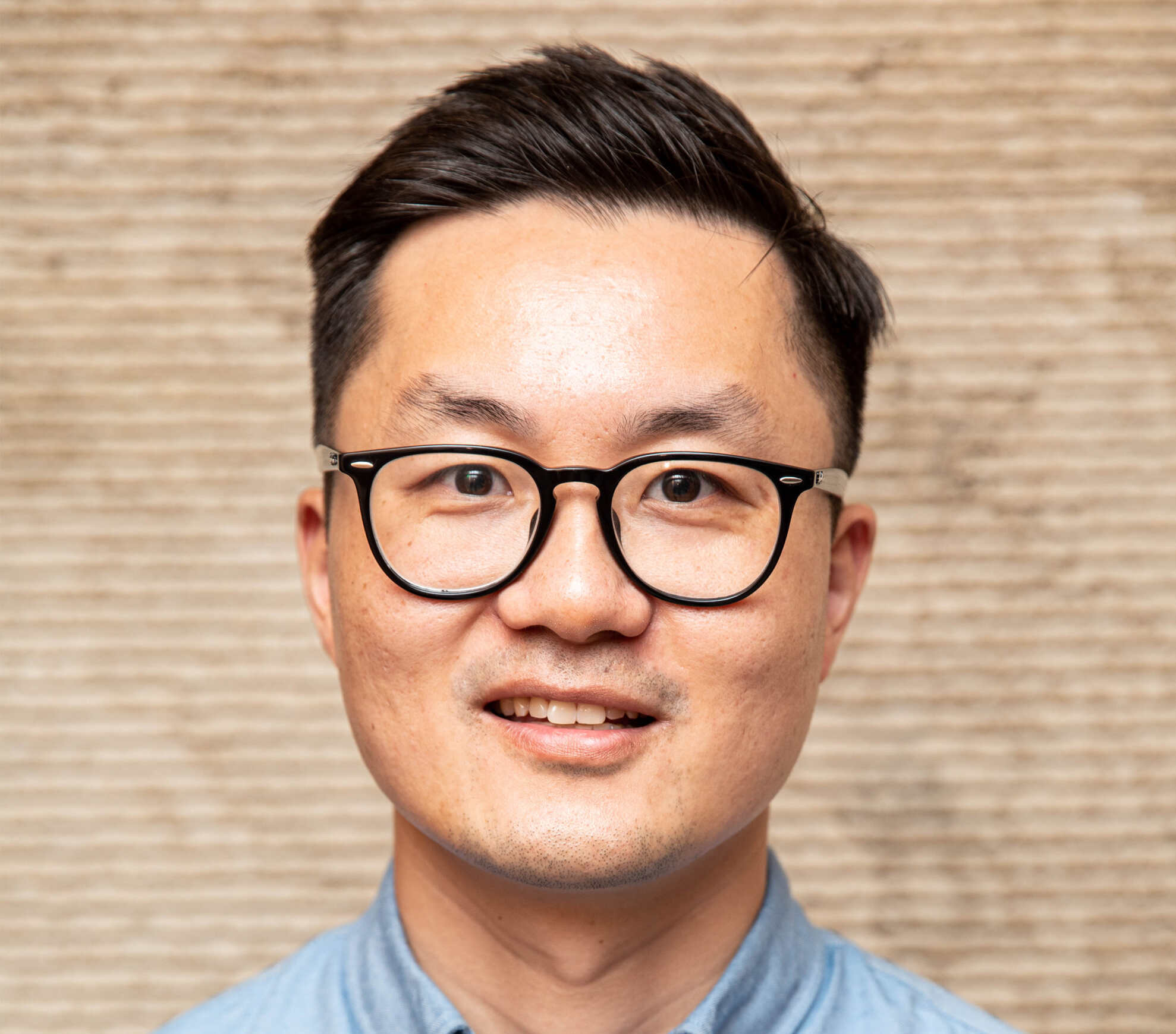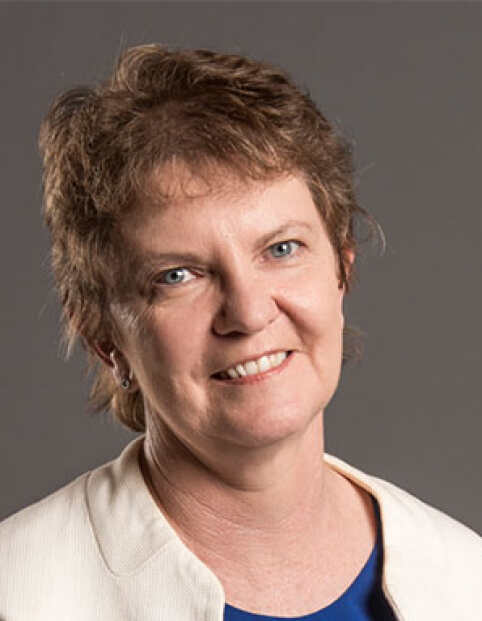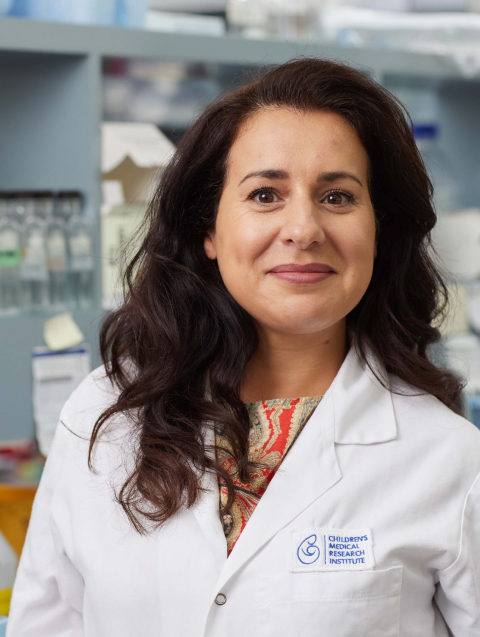Project Aim
In this study, we used recently developed molecular techniques for genome editing (CRISPR-Cas9 technology) to correct and assess three specific mutations which cause three distinct blinding retinal diseases – Best Disease, Doyne Honeycomb Retinal Dystrophy and Sorsby Fundus Dystropy. Combining these technologies for ocular disease is novel and is expected to lead to the next generation of gene therapy.
Project Results and Impact
The following scientific progress has been made during the research period:
- Skin cells (fibroblasts) were extracted from two Best Disease patients, three Doyne Honeycomb Retinal Dystrophy patients, three Sorsby Fundus Dystrophy patients. The fibroblast cells are needed for the generation of patient-specific induced pluripotent stem cells (iPSC).
- iPSCs have been generated and characterised from the fibroblasts of one Best Disease, three Doyne Honeycomb Retinal Dystrophy and three Sorsby Fundus Dystrophy patients.
- We have established and optimised the CRISPR-Cas9 technique in our laboratory including the generation of CRISPR constructs, introducing the CRISPR constructs into the patient derived iPSCs and to screen for the gene-corrected iPSC clones.
- Gene correction was successful for the following patient-derived iPSC using CRISPR-Cas9 technology
- Best Disease (one corrected iPSC line)
- Doyne Honeycomb Retinal Dystrophy
- Correction of Sorsby Fundus Dystrophy patient-derived iPSC is currently underway.
- Phenotypic analysis is currently underway for Best Disease. Preliminary results suggest retinal pigmented epithelium (RPE) derived from our Best Disease patient iPSCs show a defect in their ability to engulf particles, which is one of the fundamental roles of RPE in the eye.
Funding by Retina Australia has enabled us to take this project to the next stage- to use the CRISPRCas9 technology in in vivo mouse model studies, providing an important step towards the development of next generation gene therapy to correct for hereditary mutation directly in the eye.

Chief investigator:
Dr Sandy Hung
Centre for Eye Research Australia, Melbourne
Co-investigator/s:
Dr Raymond Wong, Centre for Eye Research Australia, Melbourne
Dr Kathryn Davidson, Centre for Eye Research Australia, Melbourne
Associate Professor Alex Hewitt, Centre for Eye Research Australia, Melbourne
Associate Professor Alice Pébay, Centre for Eye Research Australia, Melbourne
Grant awarded:
$39,551 (2015)
Research Impact Reports
Virtual Reality Assessment of Functional Vision in achromatopsia
Project Aim This project aimed to develop and validate a virtual reality (VR) mobility task...
Advancing Usher syndrome type 1B gene therapy with split intein
Project Aim Usher syndrome is the leading cause of combined hearing and vision loss worldwide....
Therapies for currently untreatable autosomal recessive IRDs
Project Aim This project aims to develop gene replacement therapies for autosomal recessive (AR) inherited...
Establishing novel AAV gene editing for Usher Syndrome
Project Aim The aim of this project was to establish proof-of-concept for a new type...




